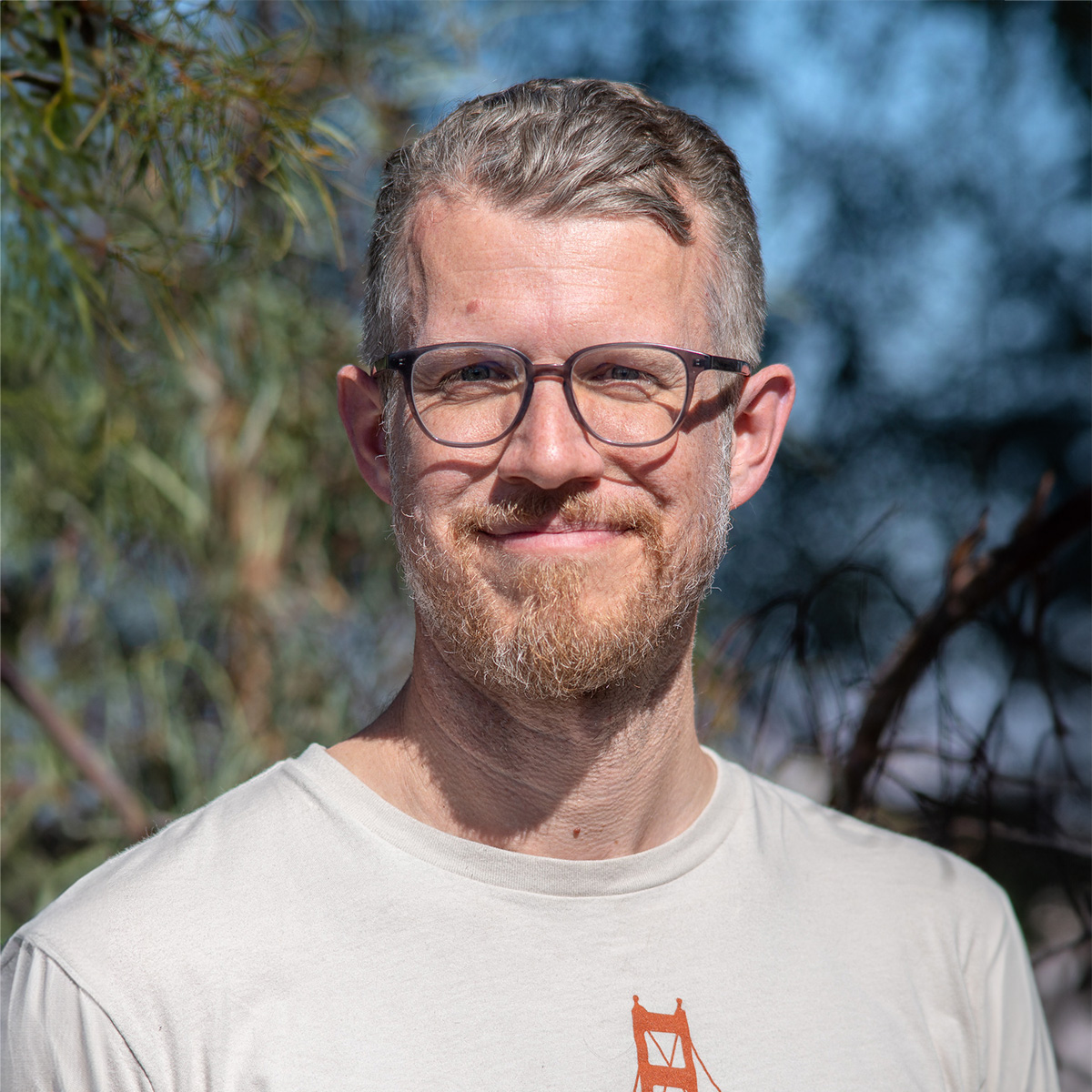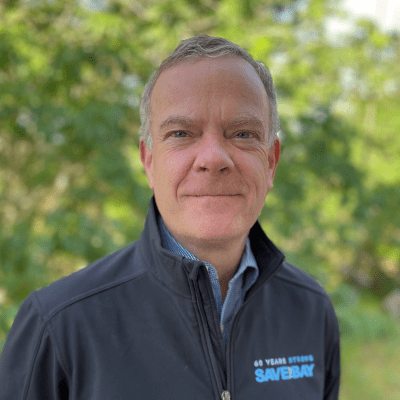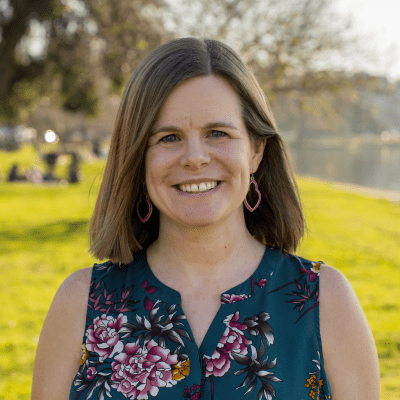On Tuesday, I wrote about the Bay Area’s overall progress in reducing trash flows to the Bay. I noted that some cities are doing well at addressing their portion of the problem, while others are falling far behind requirements and are in violation of their stormwater permits. Today I’m digging a little deeper, with a detailed overview of six cities and one county which have made varying progress to reduce trash in their communities and storm drains.
Vallejo (population 120,228) Vallejo claimed to have achieved a 34.8 percent reduction in stormwater trash in 2017, which is actually a step backward from their 44 percent estimate in 2016 and is well below the required 70 percent reduction by 2017. This adjustment—the result of more accurate calculations—means that the city is further behind schedule than expected to meet the zero trash requirement by 2022. Vallejo claims that fiscal constraints, along with outdated trash data, resulted in the city’s failure to reach the 70 percent requirement. The city has recognized these issues and published a report on how it will come into compliance with the trash requirements. Vallejo plans to install trash capture devices in city storm drains in 2018, but did not specify how many. Other actions include more accurate trash monitoring, increasing street sweeping, and partnering with local businesses including Six Flags to clean and maintain highly visible public areas.The city’s report admits that it will continue to be behind reduction schedule for the next three years, aiming to reach 70 percent trash reduction by 2019 and 80 percent by 2020. Nevertheless, it plans to meet the 2022 zero trash requirement. Vallejo has been able to secure $1.4 million for trash capture devices and other trash reduction strategies, but it is unclear whether this will fund all necessary activities. Save The Bay is very concerned about Vallejo’s lack of progress on trash.
Alameda County (unincorporated) (population 140,800) The unincorporated areas of Alameda County (e.g. Castro Valley, San Lorenzo) claim an 18.5 percent reduction in 2017, up from 12 percent in 2016. This figure is among the lowest trash reduction rates in the region and is of great concern given the size and population of this area and the fact that little has been done by the county government for seven years. The only trash reduction measures so far have been bans on single-use plastic bags and take-out Styrofoam containers, as well as trash capture devices that cover only a small area.The county has plans to install three trash capture systems in specific high trash areas and smaller devices in other areas by the end of 2018. If these systems are installed this year, Alameda County expects to have achieve an 84 percent reduction by the end of 2018. Any additional delays, however, could put them even farther behind schedule and place the county at risk of enforcement action by the Water Board.Oakland (population 420,005) Oakland claims a 74.7 percent reduction in trash for 2017, up from 44.6 percent in 2016. The city identified areas with the most street trash and areas with homeless encampments as two major priorities. Oakland has cooperated with business improvement districts (BIDs) that have full-time staff to remove litter and manage trash containers. Increased cooperation with BIDs, along with business inspections to ensure they are managing trash effectively, resulted in an over 20 percent reduction in its highest trash area. In addition, as part of the city’s Homeless Encampment Program, over 48,000 gallons of trash were removed from 390 encampments.Oakland has not completed an adequate amount of trash monitoring to ensure their results are accurate, but city staff have indicated their intent to continue monitoring and adjust their reported trash levels appropriately. Save The Bay will follow up with the city soon to find out the results.
San Jose (population 1,042,094) San Jose claims a 79.2 percent reduction in 2017, up from 53.3 percent in 2016. Full capture systems have been installed in various neighborhoods and the city has implemented the Business Intelligence Data Tracking System to track trash collection activity. San Jose has also launched an aggressive cleanup campaign to remove trash from homeless encampments by its Homeless Response Team, focusing on encampments along creeks. Homelessness continues to be a major social and environmental crisis for the city and its residents, and arguably its largest source of trash in local rivers and creeks. San Jose plans to address the problem from multiple angles while conducting cleanups and outreach to encampment residents to prevent more trash from flowing into local waterways.
East Palo Alto (population 31,000) East Palo Alto claims a 59.7 percent reduction in 2017, up from 29.2 percent in 2016. Despite this large jump, the city still failed to meet the 70 percent reduction requirement by 2017. Most of this reduction has come from storm drain cleaning, illegal dumping enforcement, and better management of trash bins to prevent overflows into storm drains. In 2016, the city acknowledged that it was behind schedule for trash reduction due to ineffective strategies and aimed for 50 percent reduction in 2017.Moving forward, East Palo Alto plans to improve street sweeping methods and has contracted engineering firms to install a full trash capture system by summer 2018. The successful implementation of these strategies is expected to bring the city to 80 percent compliance next year, but any additional roadblocks threaten to keep the city in violation of its trash requirements.
Richmond (population 109,000) Richmond claims an 81.8 percent reduction in 2017, a gain from 27.3 percent in 2016. This increase was among the region’s highest improvements in trash reduction in 2017. Richmond’s success is largely attributed to the city installing new full capture devices that cover an area of over 800 acres. The city also continued to increase street sweeping frequency in its worst trash areas and has launched a neighborhood beautification and liter control program called Love Your Block. Richmond’s success in spite of its resource struggles can serve as a model for other Bay Area cities covered by the storm water permit that are having trouble meeting trash reduction requirements.
Mountain View (population 80,477) Mountain View claims an 84.6 percent reduction in 2017, up from 48.4 percent in 2016. In contrast to most Bay Area cities, Mountain View’s trash reduction strategy has focused more on control measures other than installing trash capture systems. Due to the large corporate presence in Mountain View, the city conducts annual trash inspections of office buildings to ensure trash is being contained and bins are not overflowing into storm drains. The city has also installed rain gardens and other nature-based stormwater filtration elements to treat runoff from developed areas. Mountain View has plans to install additional full capture devices between now and 2022. The city was falling behind on trash requirements for many years, but has shown significant progress in 2017.
A Note About Caltrans
Many cities identified state roads and highway corridors—managed by Caltrans—as trash hot spots, some having higher trash levels than any other areas in the city. While cities and counties are not responsible for trash on these roadways, much of it is blown onto city streets. This is a major problem for our cities, who are already struggling to achieve their own reduction requirements. Caltrans is not taking responsibility for keeping trash out of the Bay, which is why we are calling upon the Regional Water Board to take enforcement action against the agency. Read more and sign our petition here.
What’s Next?
As I noted on Tuesday, municipalities that fail to meet the Regional Water Board’s trash reduction targets are required to provide detailed plans for getting back on track and meeting future targets. After Oakland failed to achieve the 60 percent trash reduction deadline in 2016, the city developed a detailed plan with strategies for tackling the city’s diverse trash problems, which helped Oakland make significant progress on trash reduction in the past year. Save The Bay then fought hard for funding in the city budget to implement certain elements of the plan, including cleaning up illegal dumping and installing trash capture devices. Without resources, plans will simply sit on the shelf. Each city that hasn’t met the 70 percent requirement and those who are at risk of falling behind should produce detailed plans for getting to zero trash that include secured funding sources for each project. Save the Bay will continue to work with local communities and the Regional Water Board to ensure our region achieves zero trash by 2022, but we need the help of Bay Area residents in order to do so. You can help by organizing and participating neighborhood cleanups, adopting your local storm drain, urging local officials to prioritize projects that reduce stormwater trash and other pollution, and staying engaged with Save The Bay for other opportunities to take action. [/three_fourth] [one_fourth_last padding=”10px 10px 10px 10px”] 



































































